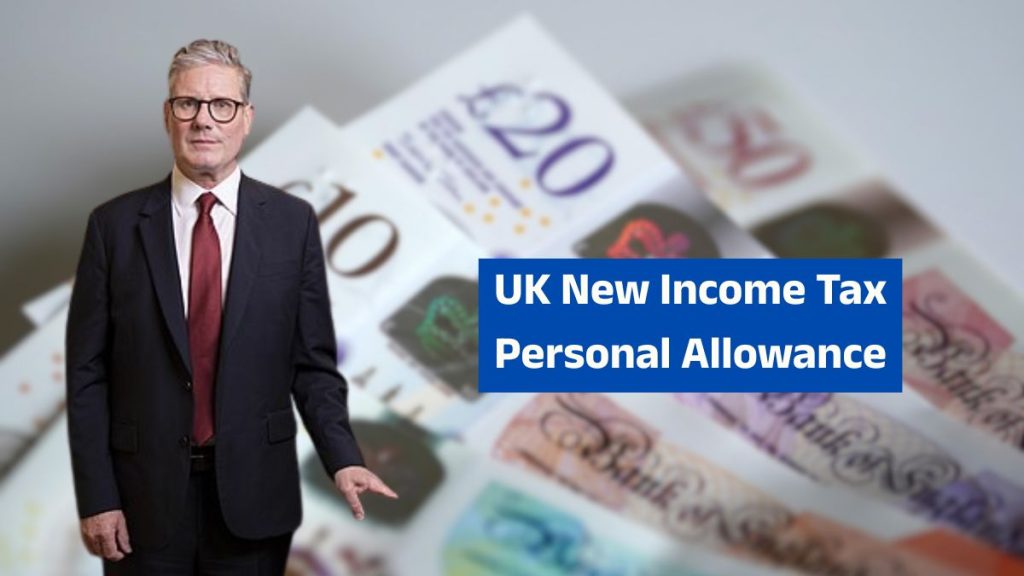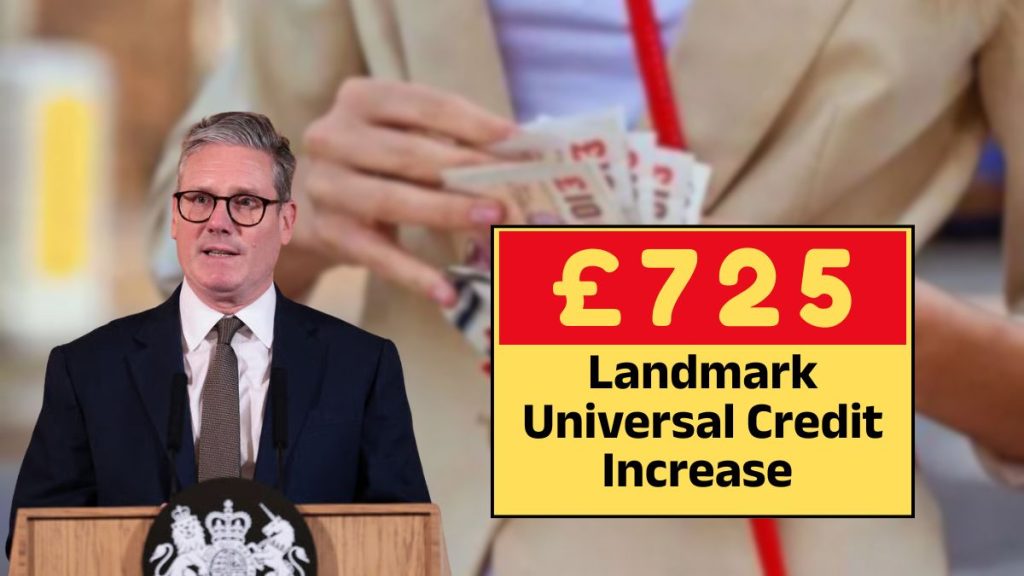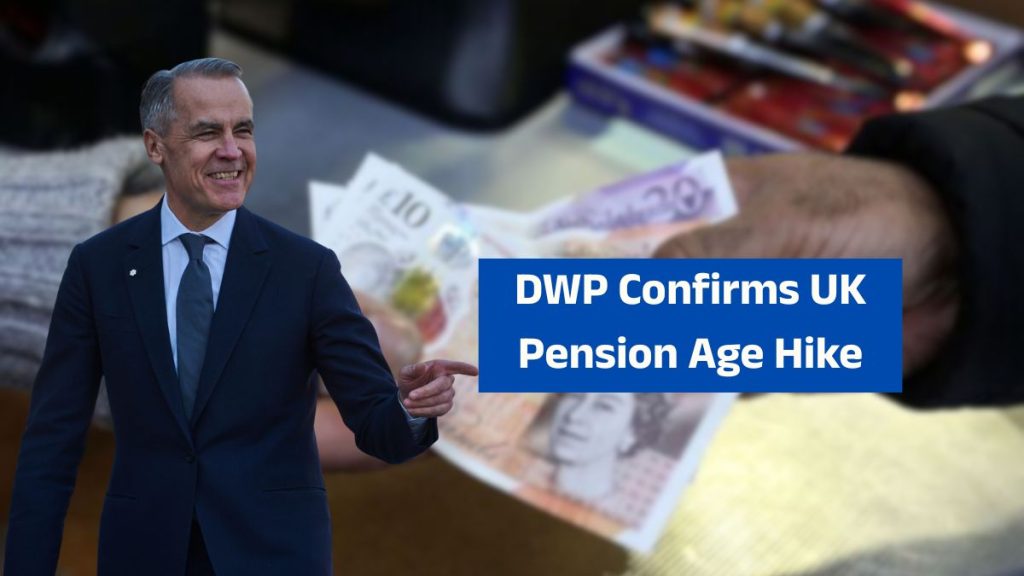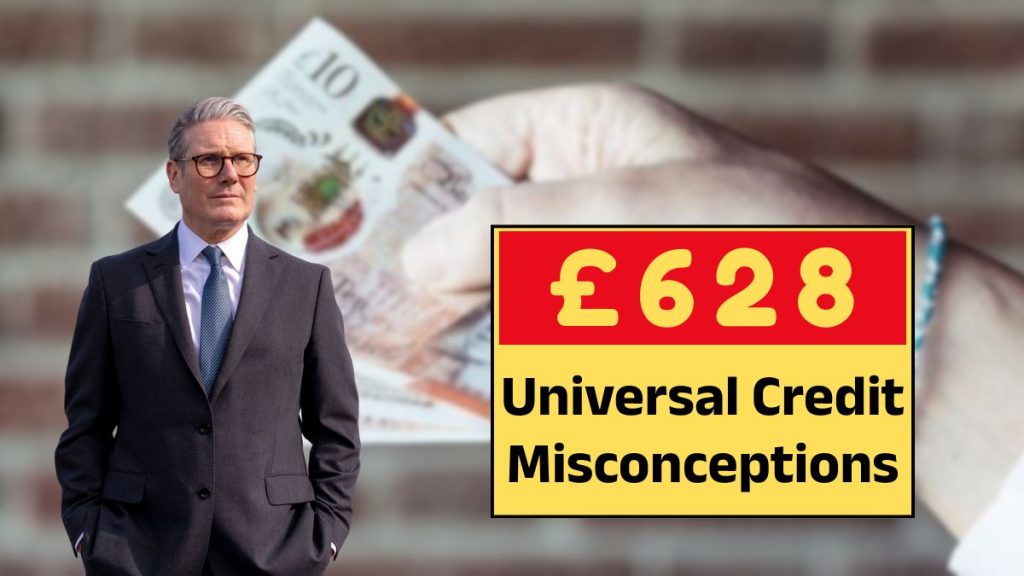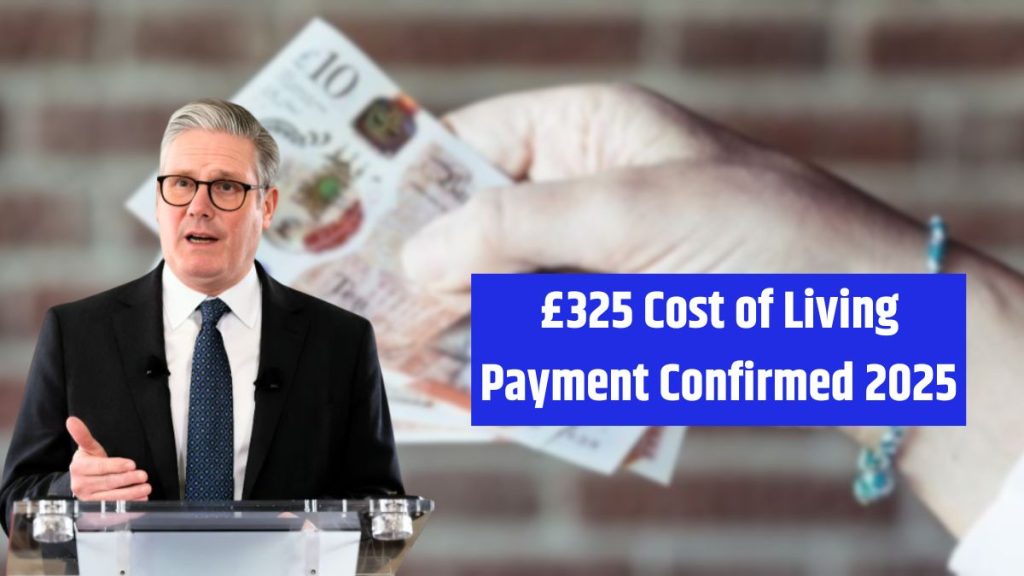The debate around UK income tax reform has intensified in 2025 as a public petition, signed by more than 281,000 people, demands that the Personal Allowance—the amount of income you can earn before paying tax—be raised from £12,570 to £20,000.
The proposal, launched by campaigner Alan David Frost, has drawn attention from households, pensioners, workers, and Parliament. While the move could bring huge financial relief to millions, the government warns it could cost the Treasury up to £50 billion per year.
What Is the Personal Allowance?

The Personal Allowance represents the annual income that individuals in the UK can earn tax-free before income tax applies.
- Current level: £12,570
- Frozen since: 2021
- Proposed level: £20,000
Critics argue that the freeze has caused “fiscal drag”, meaning more workers are pushed into paying income tax or into higher bands due to inflation and wage growth
Quick Overview: Current vs Proposed Personal Allowance
| Aspect | Current (£12,570) | Proposed (£20,000) |
|---|---|---|
| Tax-free income | £12,570 | £20,000 |
| Pensioners affected | Many taxed on pensions | Most pensions tax-free |
| Middle earners’ savings | Limited | Up to £1,486 yearly |
| Treasury impact | Stable | £40–50bn revenue loss |
| Political pressure | Moderate | High with 281k+ signatures |
Why Supporters Want £20,000 Tax-Free Income
Proponents of the petition argue that a £20,000 allowance would:
- Provide immediate relief for low earners, removing millions from paying income tax altogether.
- Help pensioners, most of whom would no longer be taxed on their State Pension.
- Deliver an economic boost, giving households more disposable income for spending.
- Reduce reliance on state benefits, as families could keep more of what they earn.
Campaigners see this as a matter of fairness, ensuring ordinary people benefit from a higher threshold in line with modern living costs.
Government Response – September 2025 Update
The government has rejected the proposal for now, citing affordability concerns. Officials argue that such a large increase would:
- Create a £40–50 billion annual funding gap.
- Risk underfunding essential services like the NHS, schools, and social care.
- Increase national debt, undermining fiscal responsibility.
However, ministers confirmed that tax policy is reviewed regularly during Budgets and Autumn Statements, leaving the door open for future consideration.
Who Would Benefit Most from the Change?
1. Low-Income Workers
Workers earning under £20,000 would pay no income tax, saving several hundred pounds annually.
2. Pensioners
Many pensioners currently taxed on their State Pension would fall below the threshold, making their income entirely tax-free.
3. Middle-Income Earners
People earning above £20,000 could save up to £1,486 per year, depending on their income and tax band.
Current Rules on Personal Allowance
The Personal Allowance isn’t applied equally to all taxpayers:
- Earnings over £100,000 – allowance reduced by £1 for every £2 earned above the limit.
- Earnings over £125,140 – no allowance at all.
- Marriage Allowance – couples can transfer up to 10% of their allowance.
- Born before 6 April 1935 – may qualify for the Married Couple’s Allowance.
Challenges of Raising the Allowance
While the policy has widespread public backing, it faces key challenges:
- Revenue loss of £40–50bn annually, requiring offset through cuts or new taxes.
- Risk of inflation, as higher disposable incomes could drive prices upward.
- Public services pressure, with potential cuts to NHS, welfare, and education budgets.
- Possibility of alternative taxes (VAT, National Insurance, capital gains) being raised.
What Happens Next in Parliament?
The petition process follows a set timeline:
- 10,000 signatures → government must respond.
- 100,000 signatures → qualifies for debate in Parliament.
- 281,000+ signatures → debate is expected, though legislation remains uncertain.
The decision now lies with MPs, who must balance public demand against economic sustainability.
International Comparison
The UK’s proposed £20,000 allowance would be among the most generous worldwide. For comparison:
- United States: First $14,600 (~£11,600) tax-free, but wider deductions available.
- Germany: ~€11,600 (~£9,900) allowance.
- Australia: AUD 18,200 (~£9,400) threshold.
This demonstrates how far-reaching the UK reform would be compared to international peers.
Why This Debate Matters
The campaign to raise the Personal Allowance reflects broader concerns about fairness, affordability, and living standards. For pensioners, it could mean tax-free pensions. For workers, it could mean more disposable income.
But for the government, the challenge lies in balancing social relief with fiscal responsibility. The outcome of the parliamentary debate will decide whether this bold proposal becomes reality—or remains a missed opportunity.
FAQs on the Personal Allowance Debate
Q1: What is the UK Personal Allowance in 2025?
The current Personal Allowance is £12,570, unchanged since 2021.
Q2: What would happen if it rose to £20,000?
Millions of low-income workers and pensioners would stop paying tax, and middle earners could save up to £1,486 annually.
Q3: Why did the government reject the proposal?
Officials warned it would cause a £40–50bn annual loss to the Treasury, threatening NHS, education, and welfare budgets.
Q4: Who started the petition?
The proposal was launched by campaigner Alan David Frost, gathering more than 281,000 signatures by September 2025.
Q5: Will MPs debate the proposal?
Yes. With over 100,000 signatures, it qualifies for Parliamentary debate, but there’s no guarantee of legislation.








